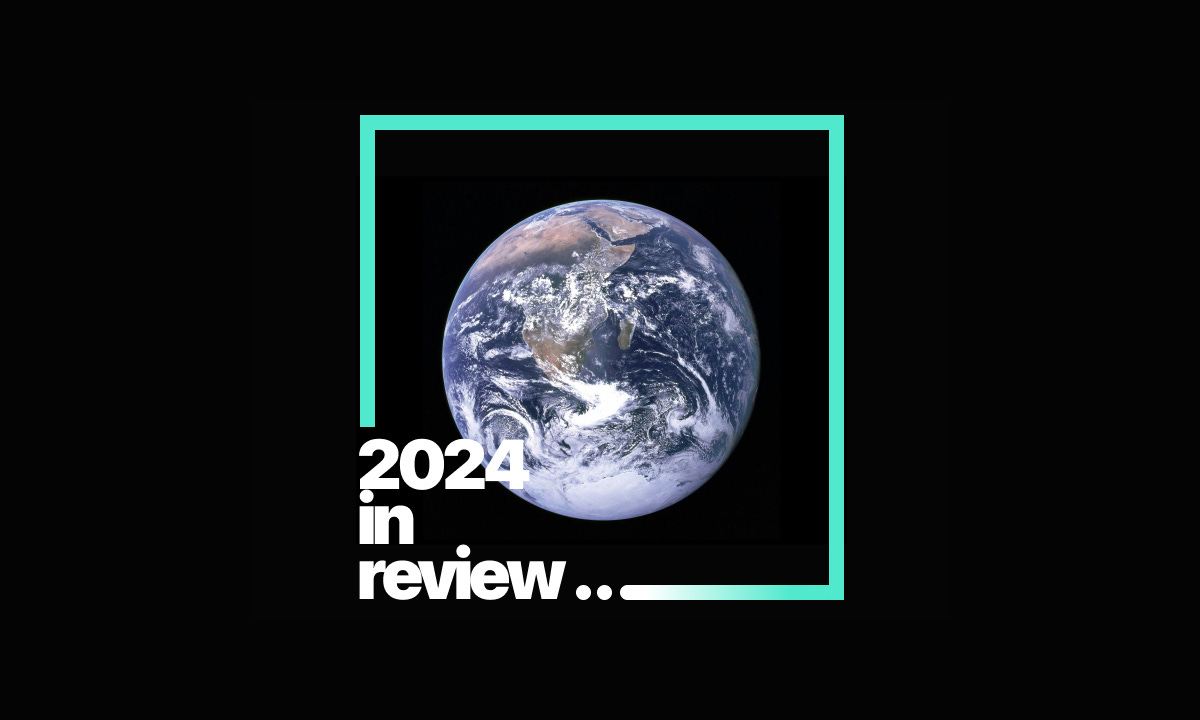2024: A year of risks reviewed
This long-form review covers how the risk landscape evolved in 2024, and what may be on the horizon for 2025.
Keep reading with a 7-day free trial
Subscribe to Unbreakable Ventures to keep reading this post and get 7 days of free access to the full post archives.





